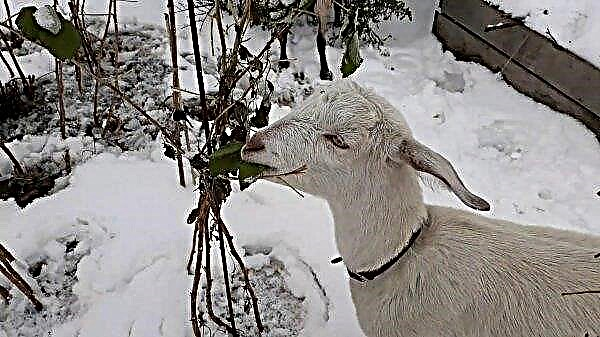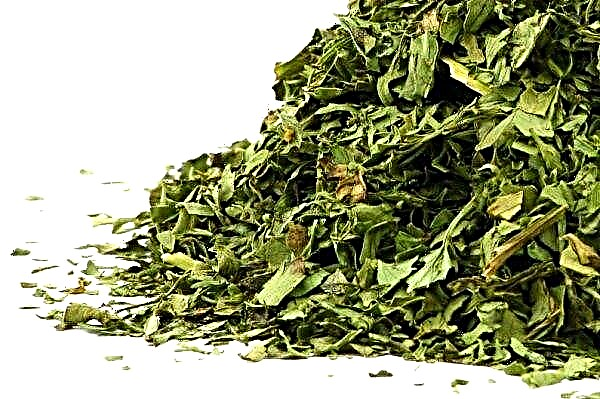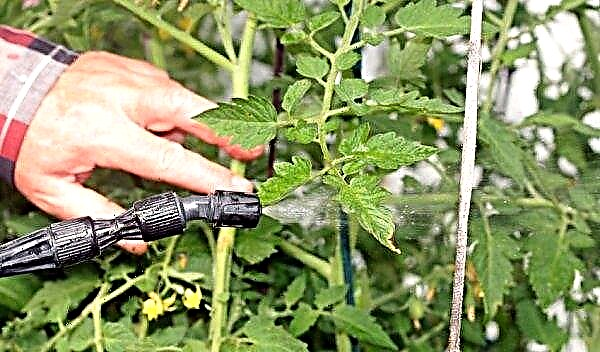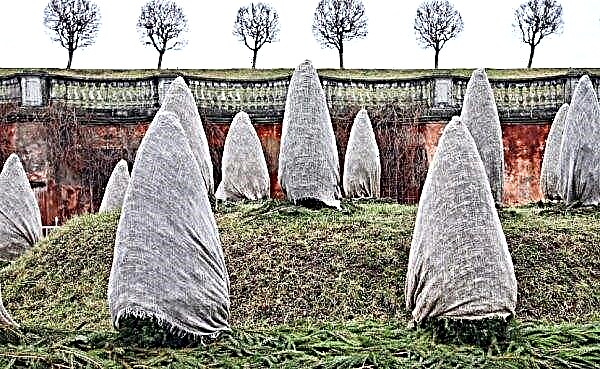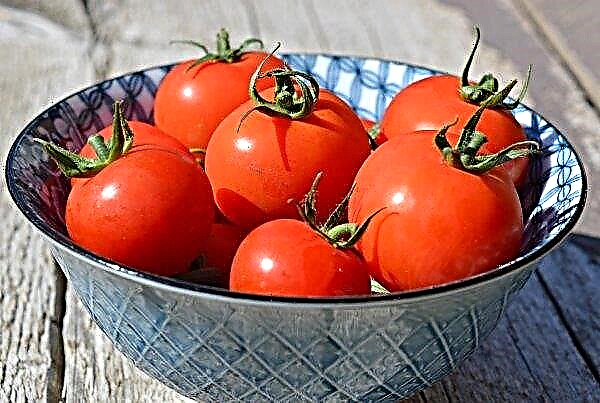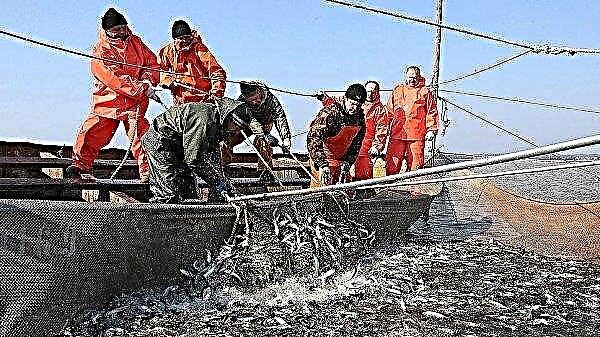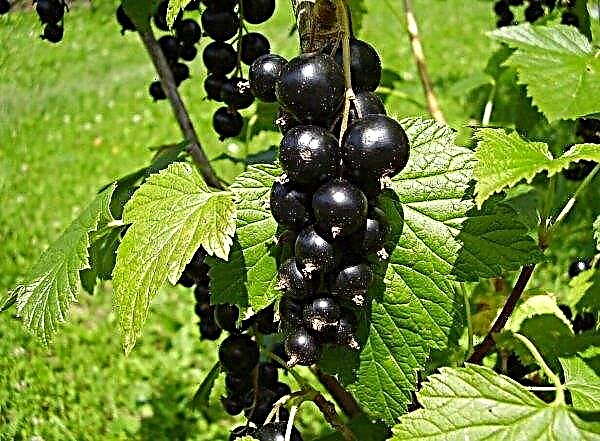Fir belongs to the evergreen plants that make up the large Pine family. Without exception, all varieties of such vegetation are highly decorative in different phases of the growing season, as well as unpretentiousness in care. The species diversity of firs can be found below.
Use in fir in landscaping
Fir trees are best suited for landscaping parks and gardens to create a unique atmosphere. They are used both in solo plantings and in combination with other conifers, barberry, birch, maple and flowers. With the help of the plant in question, it is possible to advantageously shade the beauty of the house or architectural structure.
Small dwarf varieties are used to focus on curbs as a hedge. Also, this technique with larger plants will help divide the territory into zones. With the help of tall varieties, you can create a cozy corner for relaxation, which will also be closed from prying eyes. Fir compositions in rockeries and rock gardens look very interesting. This landscape design is called the "stone garden."
Did you know? All types of fir have medicinal properties. On the basis of needles in ancient times, they made a tincture that saved sailors from scurvy, today such a tool is actively used to increase immunity and treat colds.
It combines different types of conifers, flowers, shrubs that can get along well next to each other and a stone installation on the ground. For such purposes, sandstones, granite, rounded boulders, pebbles, tuff, limestone, slate are ideal. Fir will help not only create a unique landscape, but also purify the air in areas located near highways, factories and other objects polluting the environment.
Popular types of fir
There are seven popular types of fir. Each of them combines varieties with similar characteristics.
Types of Fir:
- Vicha.
- Spanish
- Fraser.
- White.
- Numidian.
- Greek or Mullet.
- Subalpine or mountainous.
Vicha
The species of fir Vich or Veitch (lat. Abies veitchii) refers to monoecious plants. The natural habitat is the Japanese islands of Honshu and Shikoku. In local dialect, the name sounds “sirabiso” or “shiro-momi”.
Type characteristic:
- life form - tree up to 25 m tall (max. 35 m);
- krone - conical, more branched to the base;
- barrel diameter - 30-50 cm;
- bark - has a smooth structure, painted in gray, on young growths with a greenish tint;
- shoots - shortened, located horizontally;
- kidneys - small, reddish-brown, plentifully covered with resin;
- needles - with truncated, split ends, densely structured, dark green;
- flowering - takes place in May;
- cones - cylindrical in shape, densely structured, up to 6.5 cm in length and 3 cm in width, blue-violet in color; they become brown as they mature;
- seed - reaches 7 mm in length, painted yellow, has a dark wing.
Vegetation develops well on clay soils and tolerates shading. It has a high growth rate of 1 m / year during the first 20 years after landing. This variety propagates by seed. Cold stratification is desirable before sowing. Vicha shows good frost resistance, provided that the winter is very snowy.
The brightest representatives of the species:
Spanish
This species also belongs to monoecious plants. The Latin name for the Spanish fir is Abies pinsapo. The natural habitat is southern Spain, the province of Malaga, the Cordillera Betica mountains 900–1,700 m above sea level. Also considered species of fir is found on the northern slopes of the mountains of Morocco.
Botanical description of the species:
- life form - tree, up to 25 m tall;
- krone - pyramidal;
- barrel diameter - up to 100 cm;
- bark - rough, gray-brown;
- shoots - are located horizontally, medium length;
- kidneys - ovoid, dark purple;
- needles - in structure are hard, sharp or blunt at the ends, bluish-green, evenly frame the branches, which distinguishes the Spanish fir from other species;
- flowering - begins in April;
- cones - in a ripe state they acquire a gray-brown color, their length is about 6 cm;
- the seed is dark brown, up to 9 mm in length.
Culture prefers well-lit areas, poorly tolerates shading. It is a heat-loving plant, so it is not suitable for growing in open ground in the northern regions and the middle lane. It develops very well even with a decrease in air humidity in arid areas. The growth rate of shoots is average.
Important! Spanish fir should not be used as a stock for more frost-resistant varieties. Otherwise, it will simply freeze and all work will be in vain.
Interesting varieties of this species are:
Fraser
Fraser (Latin Abies fraseri) - coniferous representative, whose homeland is the United States. The natural distribution area is mainly mountain forests at an altitude of 1,200–2,300 m above sea level.
The main characteristics of the species:
- life form - a tree up to 25 m tall;
- crown - symmetric, pyramidal or spire-like;
- barrel diameter - up to 75 cm;
- bark - with a smooth structure, thin, gray, covered with reddish scales with age;
- shoots - pale yellow-brown, grow at right angles to the trunk;
- kidneys - light brown, small in size, conical, plentifully covered with resin;
- needles - are arranged in rows, flat, have a pronounced turpentine odor, dark green shiny, less often bluish;
- flowering - mid-May - early June;
- cones - red-yellow and yellow-green, in a state of maturity they turn purple;
- seed - brown with a purple wing, up to 3 mm long.
Vegetation develops well with high humidity. Prefers moss-covered soils. It shows good winter hardiness. In areas of natural distribution, it is often used as a Christmas tree.
Of the interesting varieties of this species stand out:
White
White fir is also called combed or European. Its Latin name is "Abies alba". Widely distributed in the Carpathians, as well as in the south and center of Europe. It is universally used as a park plant.
Species features:
- life form - a tree 30–65 m high;
- crown - acute pyramidal at a young age, nest-like in old specimens;
- barrel diameter - 2 m;
- bark - smooth, silver-gray;
- shoots - grow horizontally or slightly raised up;
- needles - are localized crested in a single plane, blunt at the ends or have a small notch, dark green, shiny;
- flowering - observed in May;
- cones - young green, well-ripened painted in a red-brown shade, oval-cylindrical, up to 16 cm long;
- the seed is very large, up to 1 cm in length.
Vegetation is well developed on moist, mineral-rich soils. It tolerates shading normally, but it negatively relates to overdrying of soil and air. In terms of winter hardiness, it is medium hardy - the branches begin to freeze when the temperature drops to -25 ° C.
Did you know? Fir is perfect for creating musical instruments, because its wood has resonant properties.
Particularly noteworthy varieties of this species are:
Numidian
The Latin name for this species is Abies numidica. It is also called Algerian at the place of natural distribution. Like the phrase-finder he prefers mountainous forests. It grows at an altitude of about 2,000 m above sea level.
Botanical features:
- life form - a tree up to 20 m tall;
- krone - symmetrical conical, strongly thickened;
- barrel diameter - up to 70 cm;
- bark - gray with a smooth structure in youth, with age becomes dark brown and covered with plates;
- shoots - grow almost at right angles, yellowish-green, brown with age;
- kidneys - grayish, heavily coated with resin, ovoid;
- needles - thick, densely structured, dark green;
- flowering - takes place in April;
- cones - cylindrical, gray-brown, up to 20 cm long;
- seed - light brown, up to 12 mm in length.
The tree adapts well to different types of soil. It tolerates frosts subject to the availability of high-quality shelter at a young age (up to 5 years). It differs in average strength of growth. A bright representative of the species - the Glauca variety - is characterized by small size and bluish-green needles. It grows very slowly in temperate climates. By 10 years, it reaches only 1.5 m. The maximum height is 3 m.
A bright representative of the species - the Glauca variety - is characterized by small size and bluish-green needles. It grows very slowly in temperate climates. By 10 years, it reaches only 1.5 m. The maximum height is 3 m.
Greek or Mullet
The Latin name for this species is Abies cephalonica. The natural distribution range is Greece, Kefalonia and the Peloponnese.
Important! Greek fir can reach a maximum height of 35 m if cultivated in a natural environment. In a temperate climate, its height will not exceed 7 m.
Species differences:
- life form - a tree up to 30 m tall;
- crown - wide-pyramidal;
- barrel diameter - up to 1 m;
- bark - gray-brown, smooth with furrows;
- shoots - reddish-brown, shiny, horizontally located relative to the trunk;
- kidneys - conical, covered with resin, pubescent, red-violet;
- needles - are arranged spirally on the shoots, saturated green, short, dense, sharp at the ends;
- flowering - takes place in April - May;
- cones are cylindrical, blunt at the ends, from purple to brown-red in color, about 16 cm in length;
- the seed is reddish, up to 19 mm long.
The tree is characterized by sufficient frost resistance. Without shelter, it can tolerate a drop in temperature to -25 ° C. It develops well both in the shade and in partial shade, and in the light. Regarding soils, vegetation is not demanding. The main thing is that the soil should not be too waterlogged. There are no varieties of this variety. In 1998, it was listed on the Red List of Endangered Species.
The main thing is that the soil should not be too waterlogged. There are no varieties of this variety. In 1998, it was listed on the Red List of Endangered Species.
Subalpine or mountain
This species in the early botanical sources was referred to as subalpine fir, but soon became known as rough-fruited. Latin name - Abies lasiocarpa. Under natural conditions, the plant is found in North America. Mostly settles on the shady slopes in mountainous terrain or in floodplains.
The main characteristics of the species:
- life form - a tree with a height of 15 to 30 m (max. 48 m);
- crown - narrowly conical;
- barrel diameter - up to 90 cm;
- bark - silver-gray at a young age, with maturation becomes brownish;
- shoots - ash gray, pubescent, located almost horizontally;
- the kidneys are spherical, covered with a large amount of resin;
- needles - bluish, dense;
- flowering - April - May;
- cones are cylindrical, flattened to the apex, dark purple;
- the seed is cone-shaped, up to 3 mm, almost black in color.
Vegetation is not suitable for cultivation in the steppe regions - it suffers greatly from drought. More prone to temperate or temperate continental climate. It tolerates shading.
Representatives of the species:
Fir trees are less whimsical to care than they ate, and do not need forming scraps. They perfectly take root on a variety of types of soil, improve the general appearance of the territory, both in a single and compositional landing.

